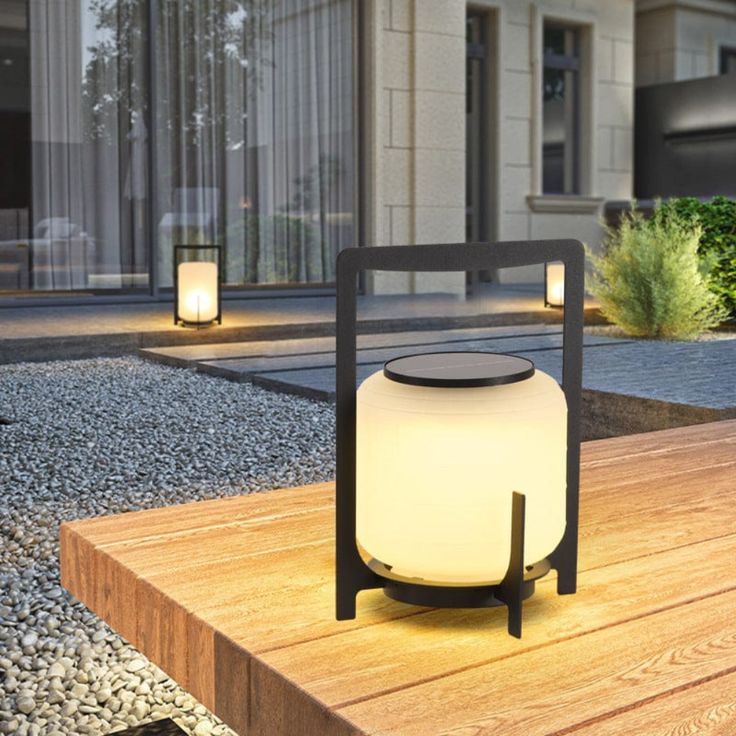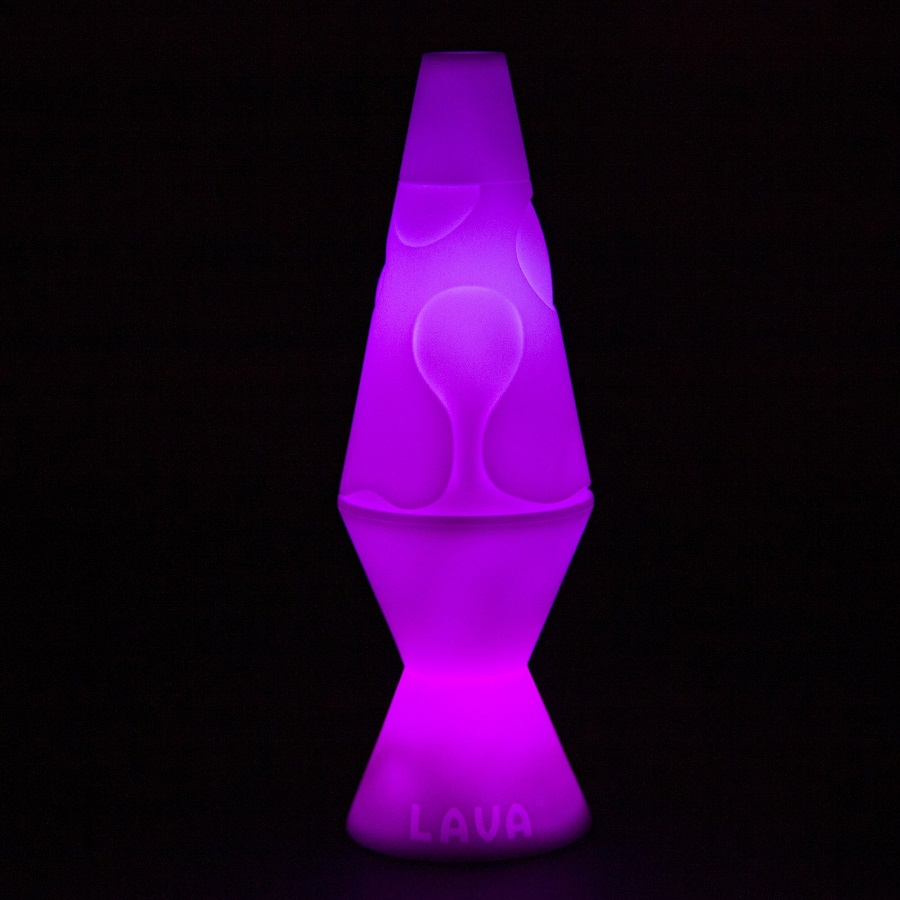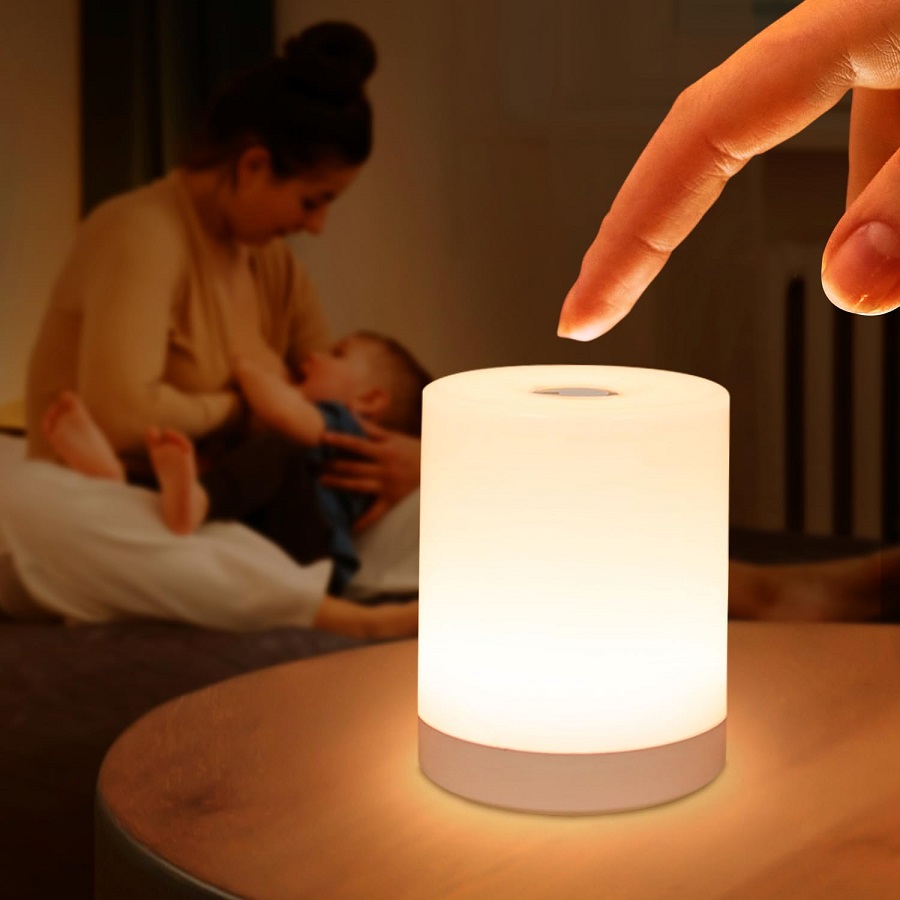 Introduction:
Introduction:
The impact of light on sleep quality has become a topic of interest, particularly with the advent of LED lighting. Choosing the right LED light color for sleeping can significantly affect our ability to fall asleep and maintain healthy sleep patterns. In this comprehensive guide, we will explore various LED light colors and their impact on sleep. By understanding the science behind light and sleep, individuals can make informed decisions and create a sleep-friendly environment in their bedrooms.
 Some common LED light colors and their different meanings:
Some common LED light colors and their different meanings:
LED lights are available in a variety of colors, each carrying its own significance and meaning. Here are some common LED light colors and their different meanings:
White:
White LED lights are often associated with clarity, purity, and brightness. They are commonly used for general lighting purposes, providing a clear and natural illumination that resembles daylight.
Warm White:
Warm white LED lights emit a softer and more amber-toned light. They create a cozy and inviting atmosphere, making them suitable for areas where a relaxed and comfortable ambiance is desired, such as living rooms or bedrooms.
Cool White:
Cool white LED lights emit a brighter and more bluish-white light. They are often used for task lighting, as their cool and crisp tone promotes focus and productivity. Cool white lights are commonly found in kitchens, offices, and commercial spaces.
Colored Lights:
LED lights are available in a wide array of colors, including red, green, blue, yellow, and more. These colored lights can be used to create specific moods or convey different meanings. For example:
Red:
Red LED lights symbolize passion, energy, and excitement. They can create a vibrant and dramatic atmosphere, often used in entertainment or nightlife settings.
Green:
Green LED lights represent nature, growth, and tranquility. They are commonly used in spaces where relaxation and calmness are desired, such as bedrooms or meditation areas.
Blue:
Blue LED lights are associated with calmness, serenity, and coolness. They are often used in areas where a soothing ambiance is needed, such as bathrooms or spas.
Yellow:
Yellow LED lights create a warm and cheerful atmosphere. They can evoke feelings of happiness, optimism, and positivity, making them suitable for social areas or gathering spaces.
It’s worth noting that personal interpretations of these colors may vary, and cultural or contextual significance can also influence their meanings. Ultimately, the choice of LED light color depends on the intended purpose, desired ambiance, and individual preferences.
The Science of Light and Sleep
Circadian Rhythm:
Our bodies naturally follow a circadian rhythm, a 24-hour internal clock that regulates sleep-wake cycles.
Light exposure plays a critical role in regulating our circadian rhythm and impacting sleep quality.
Melatonin Production:
Melatonin, a hormone produced by the body, regulates sleep and wakefulness.
The production of melatonin is influenced by light, especially the blue light spectrum.
 Impact of LED Light Colors on Sleep
Impact of LED Light Colors on Sleep
Blue Light:
Blue light, especially in the 400-500 nanometer range, suppresses melatonin production, making it less ideal for sleep.
Exposure to blue light close to bedtime can delay the onset of sleep and disrupt sleep quality.
Warm White Light:
Warm white light, with wavelengths around 2,700-3,000 Kelvin, creates a relaxing and cozy ambiance.
It has less impact on melatonin production and can be more conducive to sleep.
Dimmed Amber Light:
Amber light, with its warm and soothing tone, has minimal impact on melatonin production.
Using dimmed amber light before bedtime can promote relaxation and signal the body to prepare for sleep.
Creating a Sleep-Friendly Lighting Environment
Proper Light Intensity and Placement:
Dimming the lights in the evening signals the body to wind down for sleep.
Using low-intensity lighting and directing it away from the eyes can minimize the disruption of the body’s natural sleep cycle.
Light Filtering:
Installing light filters or using lampshades with warm-colored materials can help filter out blue light.
Filtering the light helps create a soothing environment conducive to sleep.
Bedside Lighting Options:
Bedside lamps with warm white or amber light bulbs can provide adequate illumination while minimizing the impact on sleep.
Utilizing soft, diffused lighting can create a relaxed atmosphere before bedtime.
Smart Lighting Solutions
Adjustable LED Lights:
LED lights that offer color temperature adjustments can be tailored to match specific needs throughout the day.
Adjusting the color temperature to warmer tones in the evening can signal the body to prepare for sleep.
Programmable Lighting:
Utilizing smart lighting systems that allow for pre-programmed lighting schedules can automate the transition from daytime to nighttime lighting.
This helps create a sleep-friendly environment without manual adjustments.
 Comparison between LED Light and Chandelier:
Comparison between LED Light and Chandelier:
When it comes to aiding sleep, LED lights are generally considered more beneficial than chandeliers. Here’s why:
Color Temperature:
LED lights can be adjusted to emit warm white or very warm white light, which creates a cozy and relaxing atmosphere that promotes sleep. Chandeliers, on the other hand, typically use traditional incandescent or halogen bulbs, which produce a brighter and cooler light that can be stimulating and disruptive to sleep.
Light Intensity:
LED lights can be easily dimmed to lower levels, creating a soft and soothing glow that helps signal the body to wind down for sleep. Chandeliers, on the other hand, often provide bright and direct lighting, which can interfere with the body’s natural circadian rhythm and reduce the production of melatonin, the hormone that regulates sleep.
Avoiding Blue Light:
LED lights can be equipped with filters or adjusted to emit lower levels of blue light, which is known to suppress melatonin production and disrupt sleep patterns. Chandeliers typically use traditional bulbs that emit more blue light, potentially interfering with the body’s sleep-wake cycle.
Individual Preference:
While LED lights are generally considered more sleep-friendly, individual preferences can vary. Some people may find the warm ambiance created by chandeliers soothing and conducive to sleep. Ultimately, it comes down to personal comfort and the ability to create a calming environment that promotes relaxation and sleep.
In summary, LED lights, particularly those with warm white or very warm white color temperatures, are generally more beneficial for sleep compared to chandeliers. Adjustable brightness, lower intensity, and the ability to minimize blue light make LED lights a wise choice for creating a sleep-friendly atmosphere in your bedroom.
 Conclusion:
Conclusion:
What is the best led light color to sleep with?
Choosing the right LED light color for sleep is essential for maintaining healthy sleep patterns. By understanding the science of light and sleep and considering the impact of LED light colors, individuals can create a sleep-friendly environment in their bedrooms. From avoiding blue light to opting for warm white or amber light, the choices we make regarding LED lighting can significantly impact our ability to fall asleep and enjoy restful sleep. Embrace the knowledge shared in this comprehensive guide to optimize your sleep environment and enhance overall sleep quality.



